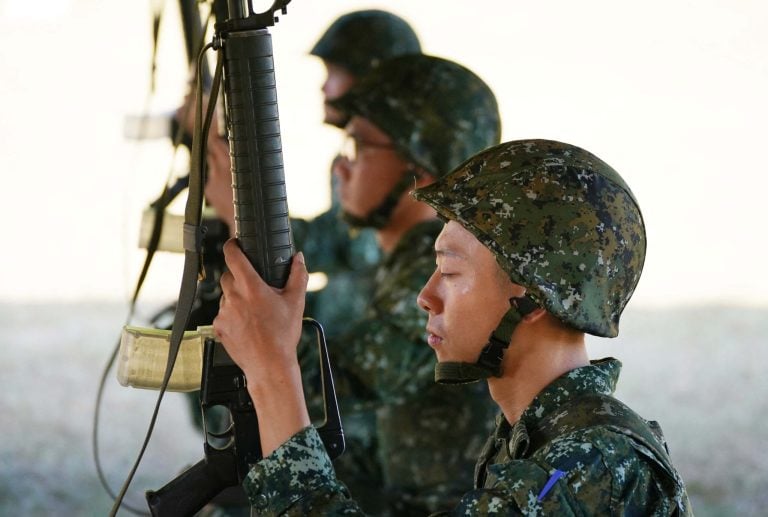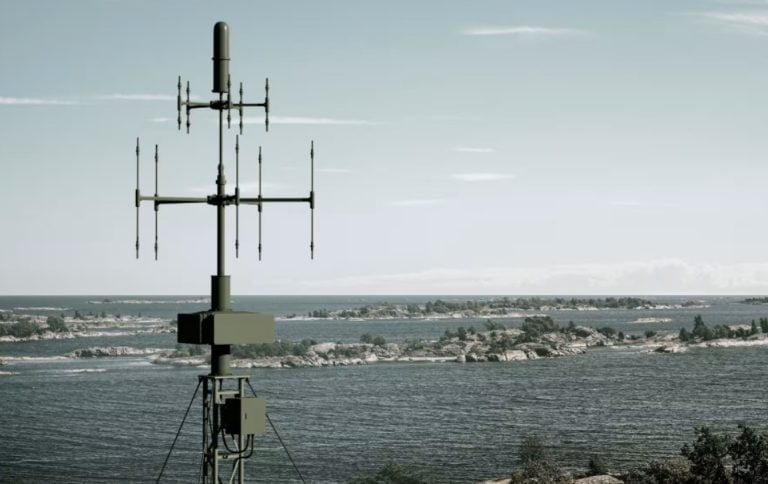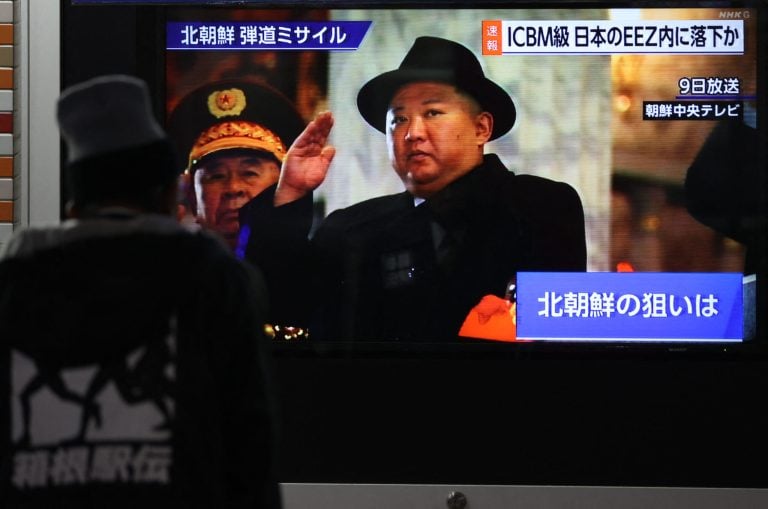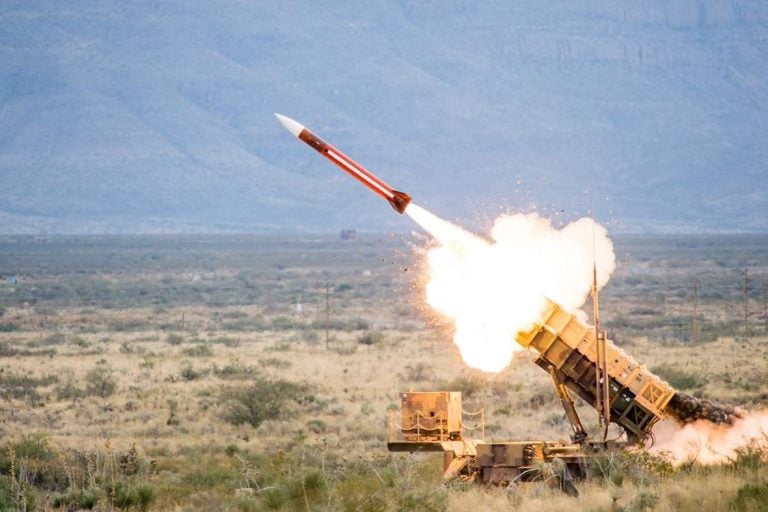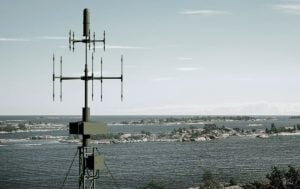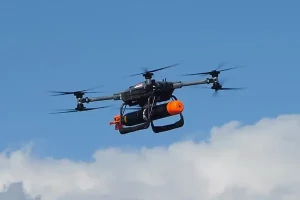The Ukrainian Armed Forces are set to utilize the B-1 unmanned aerial vehicle (UAV), following an official approval from the country’s defense ministry. This domestically produced UAV is heralded as a lightweight bomber specifically designed for precision strikes. The B-1 is powered by a low-noise, high-performance engine, which allows it to sustain flight for extended periods, enhancing its operational capabilities on the battlefield.
One of the standout features of the B-1 is its versatility in carrying various types of ammunition, making it adaptable to different mission requirements. The UAV is engineered for rapid deployment and retraction, ensuring it can be quickly maneuvered according to operational needs. Additionally, it is reported to possess resilience against electronic warfare, a critical aspect given the ongoing conflicts that frequently involve advanced electronic engagement tactics.
While specific technical details concerning the B-1’s dimensions, range, and speed were not disclosed, it is understood that the UAV can effectively target enemy combatants, armored vehicles, and other military installations—capable of striking both on the frontlines and deeper behind enemy lines.
Drones have emerged as vital assets in Ukraine’s military strategy against Russian aggression, with Ukrainian manufacturers reportedly producing about 95 percent of drones currently in use. This statistic was highlighted by Mykhailo Fedorov, Ukraine’s Minister of Digital Transformation, during an interview with Euronews. The nation has previously tested long-range drones with capabilities to reach distances of up to 3,000 kilometers (approximately 1,864 miles), reflecting a strategic shift to enhance its aerial capabilities.
Furthermore, Ukraine has initiated a drone frontline program that allows combat units to quickly acquire drones without depending on centralized procurement processes. However, Fedorov noted that despite advancements in drone technology, traditional weaponry continues to serve as the foundation of defense efforts aimed at protecting Ukrainian cities and civilians. This sentiment echoes the urgent call from President Volodymyr Zelensky, who, in early April, requested an additional ten Patriot air defense systems in response to a recent Russian assault on his hometown.
As Ukraine prepares to deploy the B-1 UAV, the increasing integration of advanced drone technology paired with established military assets underscores the evolving landscape of contemporary warfare in the region.




